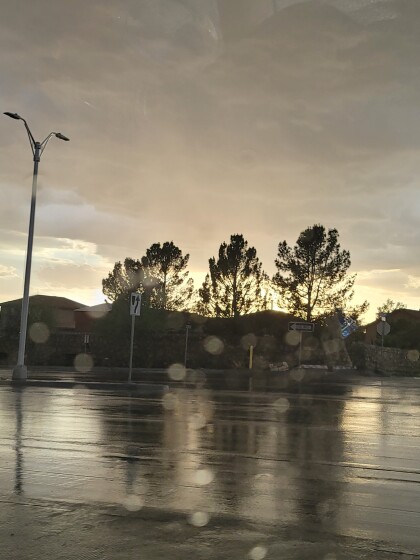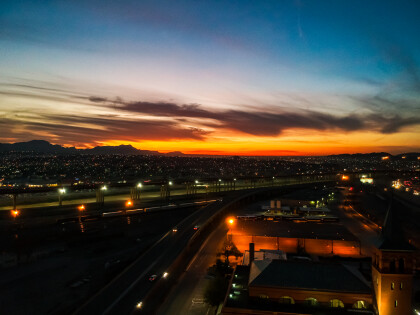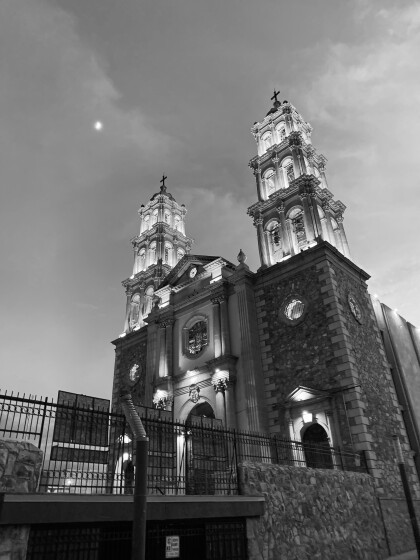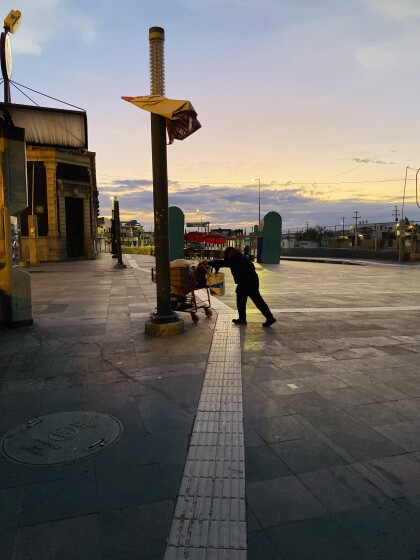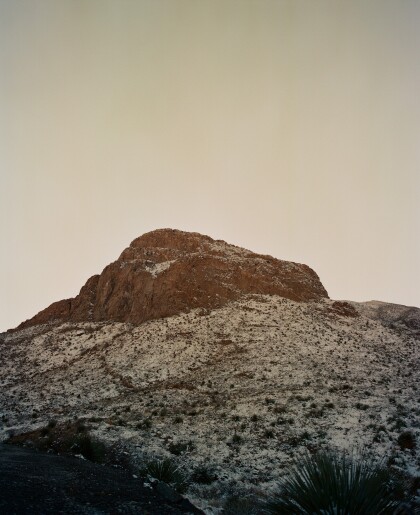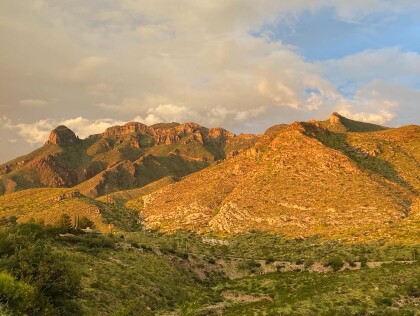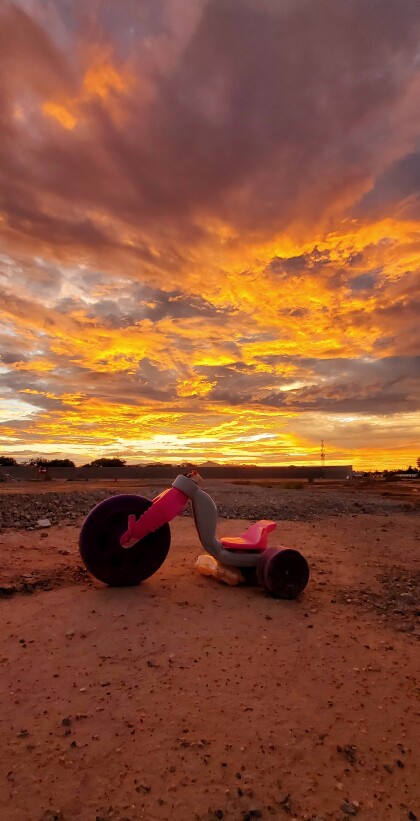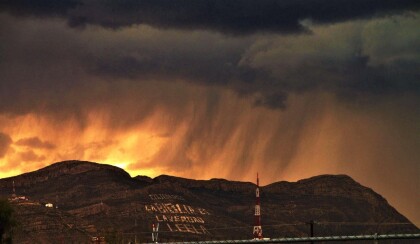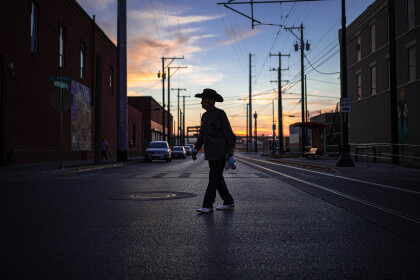Mostafa Al-Azemmouri/Estevanico at Pioneer Plaza
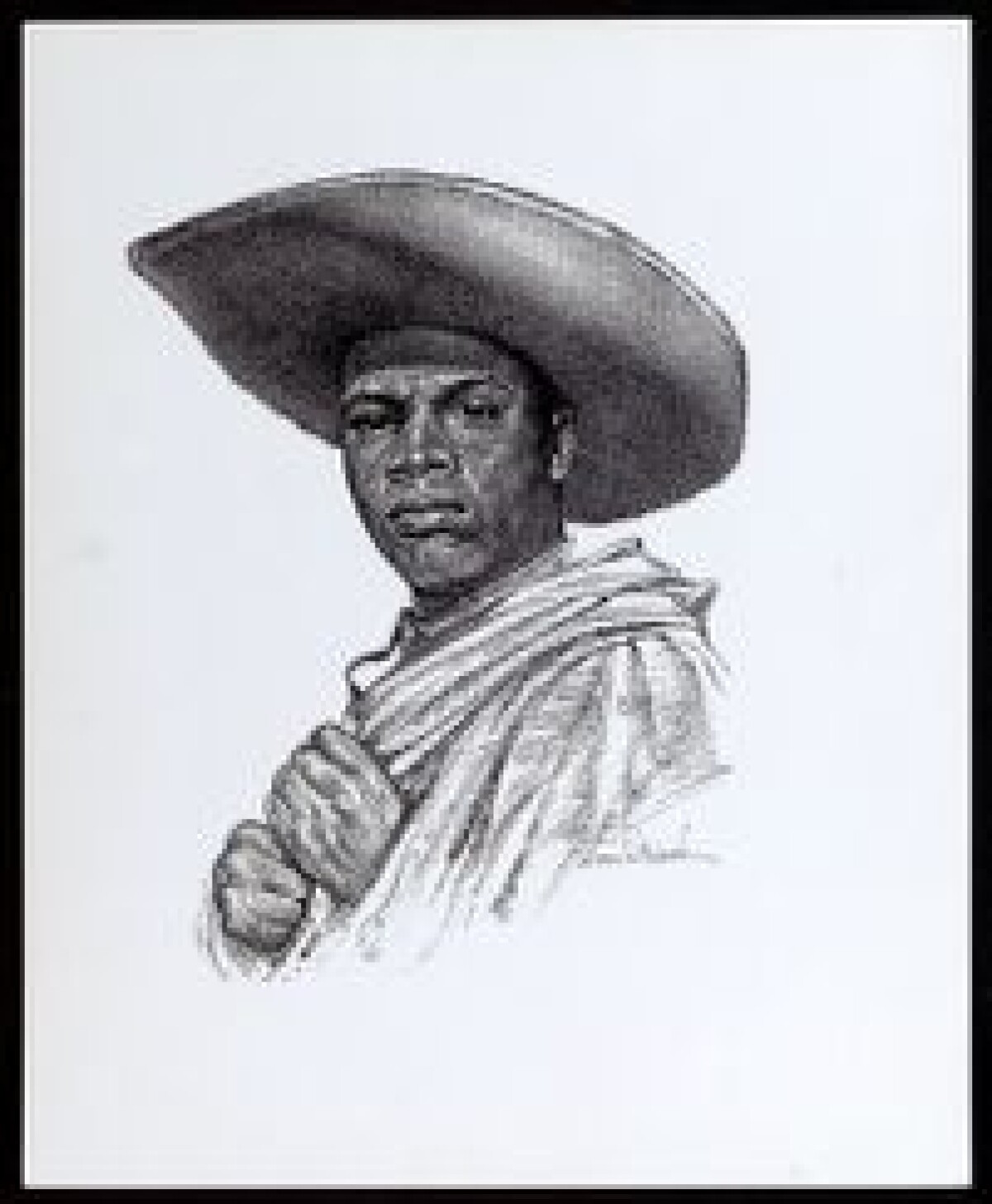
Mostafa Al-Azemmouri/Estevanico at Pioneer Plaza
You are at Historias: El Paso's Black History, Site #1: Mostafa Al-Azemmouri/Estevanico at Pioneer Plaza .
Born around 1500 in Azamor on the Atlantic coast of Morocco, Mostafa Al-Azemmouri (known more often by his Christian name Estevanico) is believed to be the first person of African descent to travel through the Southwest region. Al-Azemmouri was captured in Portugal and sold into Spanish slavery in his early 20s, eventually traveling with his master to present-day Tampa Bay, Florida in 1528. The conquest expedition arrived in North America with approximately 300 men but after just one year, only four—including Al-Azemmouri—remained. The four men spent several years as captives of Native American tribes, and Al-Azemmouri demonstrated an aptitude for communication, quickly picking up the Indigenous languages. When the men ultimately made their way back to Mexico City and the heart of the Spanish Colonial Empire, Al-Azemmouri was sold back into slavery to serve as an interpreter for the Spanish Empire. Due to his linguistic skill, Al-Azemmouri was often sent out ahead to communicate with Indigenous tribes. In 1539, on an conquest expedition north, Al-Azemmouri went out ahead of the main party and was killed by the A:shiwi village of Hawikku in western New Mexico.
Sources: “Estevanico” by Donald E. Chipman (from TSHA Online); African Americans in El Paso (Images of America) by Maceo Crenshaw Dailey Jr., Kathryn Smith-McGlynn, and Cecilia Gutierrez Venable; “(De)slaving history: Mostafa al-Azemmouri, the sixteenth-century Moroccan captive in the tale of conquest” by Lhoussain Simour
Support for this project is provided by Art Bridges as part of DelArt’s Black Survival Guide, or How to Live Through a Police Riot exhibit on display at the El Paso Museum of History through July 22, 2022. The Museum of History is located at 510 N Santa Fe Street, is free admission, and is open Wednesday through Saturday from 10 AM to 6 PM.
Commissioned from conceptual artist Hank Willis Thomas, Black Survival Guide is an innovative, participatory exhibition that draws attention to the "holes" in narrative history through the melding of words and pictures. To complement this exhibit, the El Paso Museum of History has installed six QR codes throughout downtown and central El Paso to recognize sites of local Black history.
Image Description:This image is a portrait drawing of Mostafa Al-Azemmouri. He is depicted holding a bag over his shoulder with both hands and wearing a cowboy hat. He gazes straight into the artist’s eyes and is giving the viewer a stern look. Mostafa Al-Azemmouri was most often known by his Christian name, Estevanico.
Report this entry
More from the same community-collection
Photography by Marcela Idaly Flores
There is nothing more pleasing and rewarding than witnessing the ...
Photography by Maria G Carbajal de Dominguez
There is nothing more pleasing and rewarding than witnessing the ...
Photography by Mauro Jasso López
There is nothing more pleasing and rewarding than witnessing the ...
Photography by Mauro Jasso López
There is nothing more pleasing and rewarding than witnessing the ...
Photography by Mauro Jasso Vasquez
There is nothing more pleasing and rewarding than witnessing the ...
Photography by Mauro Jasso Vasquez
There is nothing more pleasing and rewarding than witnessing the ...
Photography by Michael Mendiola (Strange Studios Photo)
There is nothing more pleasing and rewarding than witnessing the ...
Photography by Michael Mendiola (Strange Studios Photo)
There is nothing more pleasing and rewarding than witnessing the ...
Photography by Omar Zuniga Renteria
There is nothing more pleasing and rewarding than witnessing the ...
Photography by Omar Zuniga Renteria
There is nothing more pleasing and rewarding than witnessing the ...
Photography by Patrick Donohue Craig
There is nothing more pleasing and rewarding than witnessing the ...


